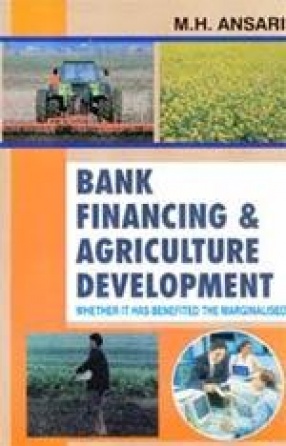Introduction of diverse and strategic planning for agriculture advancement in India has begun effectively after nationalization of the major commercial banks. Today besides the cooperative credit institutions and rural branches of commercial banks, presently there are 196 RRBs having about 14, 600 branches covering about 425 districts though out the country. It is evident that there are several formal financial institutions involved presently by way of networking to address the credit needs of the marginalized farmers, yet the agriculture status of the tribal regions in particular is weak in the country. The most significant feature of this book is that it covers both types of credit agencies i.e. banking institutions and non-institutional sources of credit, which have been operating in the rural sectors for the advancement and change of agriculture status. The book analyses the performances of each institution in agriculture financing in respect of the country in general and for the tribal region in particular as well as assesses the extent to which the marginalized sections of the farmers have been benefited. Hence, the book will prove to be of great help to the Business Management Schools (offering rural development, social work courses), Banking Management Institutions, students, researchers, policy makers and planners of rural development.
The Islamic Boomerang in Saudi Arabia: The Cost of Delayed Reforms
Many developing countries ...
$9.00
$10.00





There are no reviews yet.